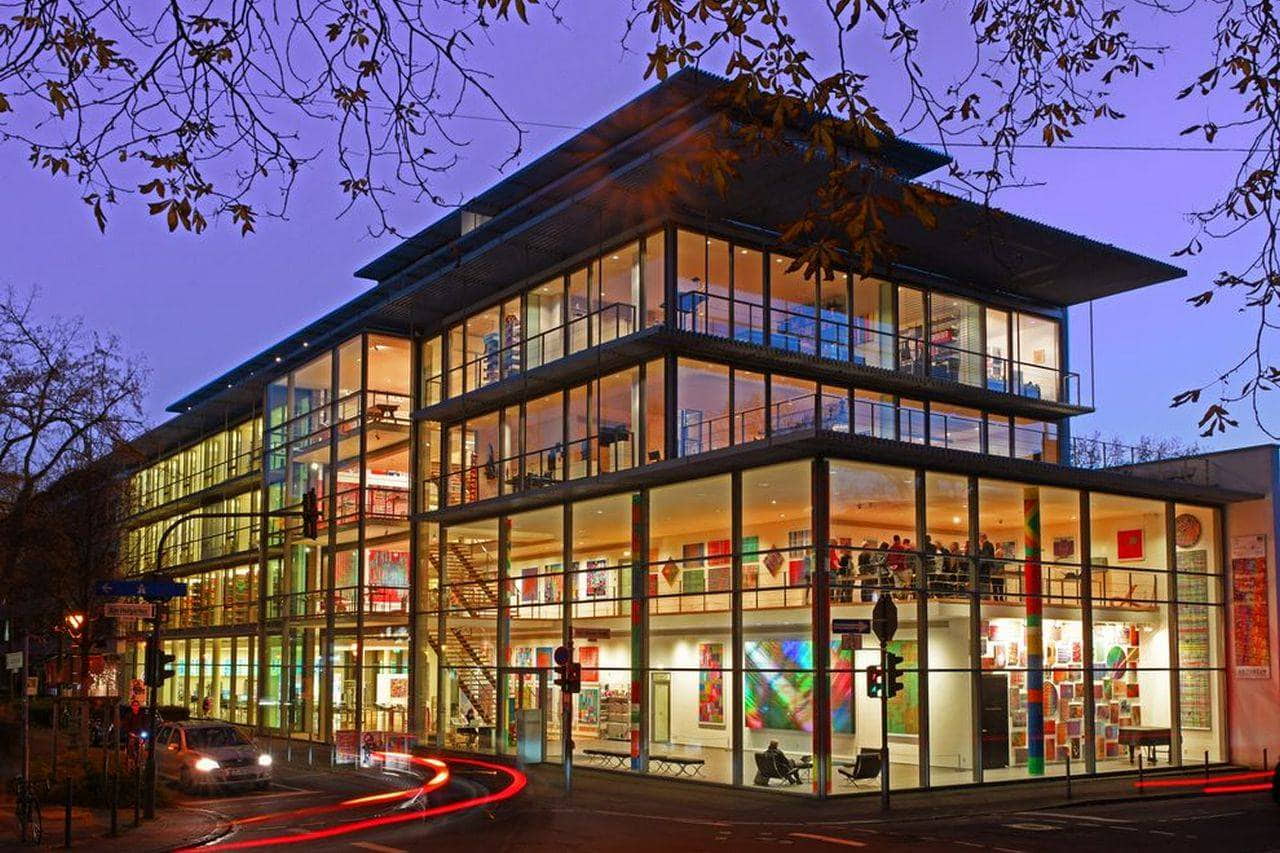The Arithmeum, a captivating museum located on Bonn's prestigious Museum Mile, is a testament to the fascinating world of computational history. As an integral part of the University of Bonn, this unique institution seamlessly blends art, science, and technology, offering visitors an unparalleled journey through the evolution of calculating machines.
The Arithmeum houses the world's most comprehensive collection of historical calculating devices, from 17th-century marvels to modern-day computers. Its innovative approach to showcasing these technological wonders in aesthetically pleasing surroundings makes it a must-visit destination for curious minds of all ages.
Highlights
- World's most extensive collection of historical calculating machines
- Interactive exhibits allow visitors to design microprocessors
- Stunning architecture featuring a transparent steel and glass façade
Contents
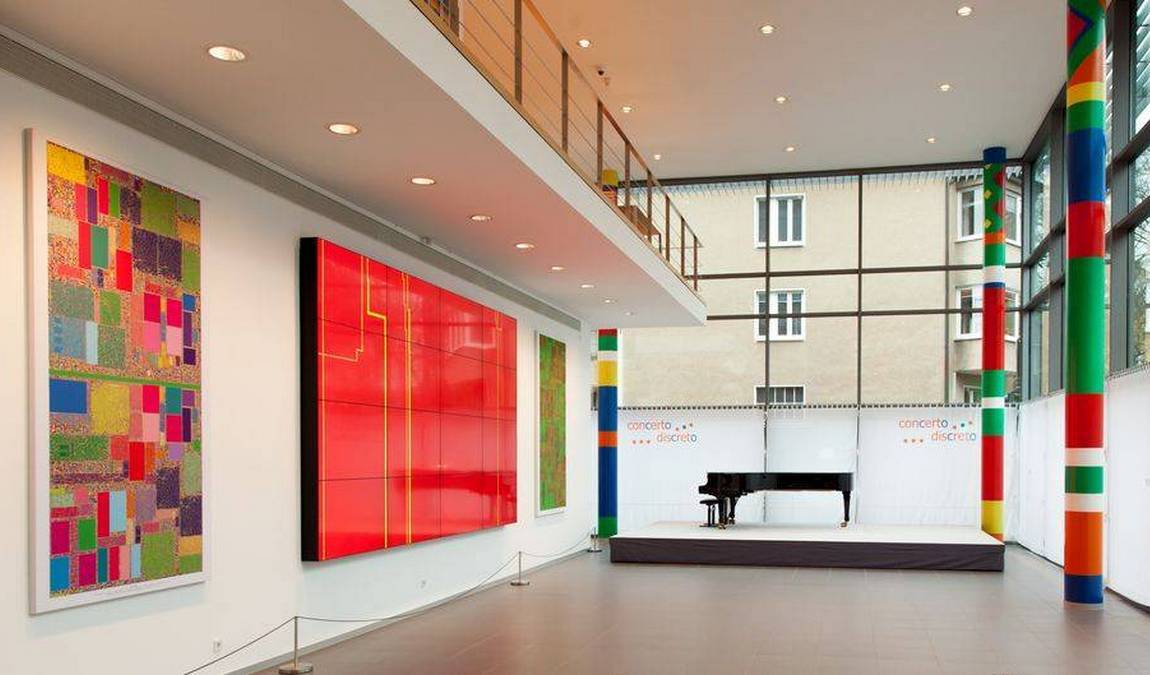 Photo: arithmeum.uni-bonn.de
Photo: arithmeum.uni-bonn.de
Here is Why Your Kids Will Find it Interesting
Arithmeum is worth visiting with kids aged 8 and up, as it offers a hands-on experience that brings the history of computing to life. Children will be fascinated by the interactive exhibits that allow them to design their microprocessors and explore the intricate beauty of chip architecture.
The museum's blend of science and art appeals to young minds, sparking curiosity about how everyday technology works. For budding engineers and math enthusiasts, the Arithmeum provides a unique opportunity to see the evolution of calculating devices firsthand, making abstract concepts tangible and exciting.
Family-friendly features
- Interactive design stations for children to create their chip designs
- Guided tours tailored for different age groups
- Hands-on exhibits allowing families to operate historical calculating machines
The Collection: A Journey Through Computational History
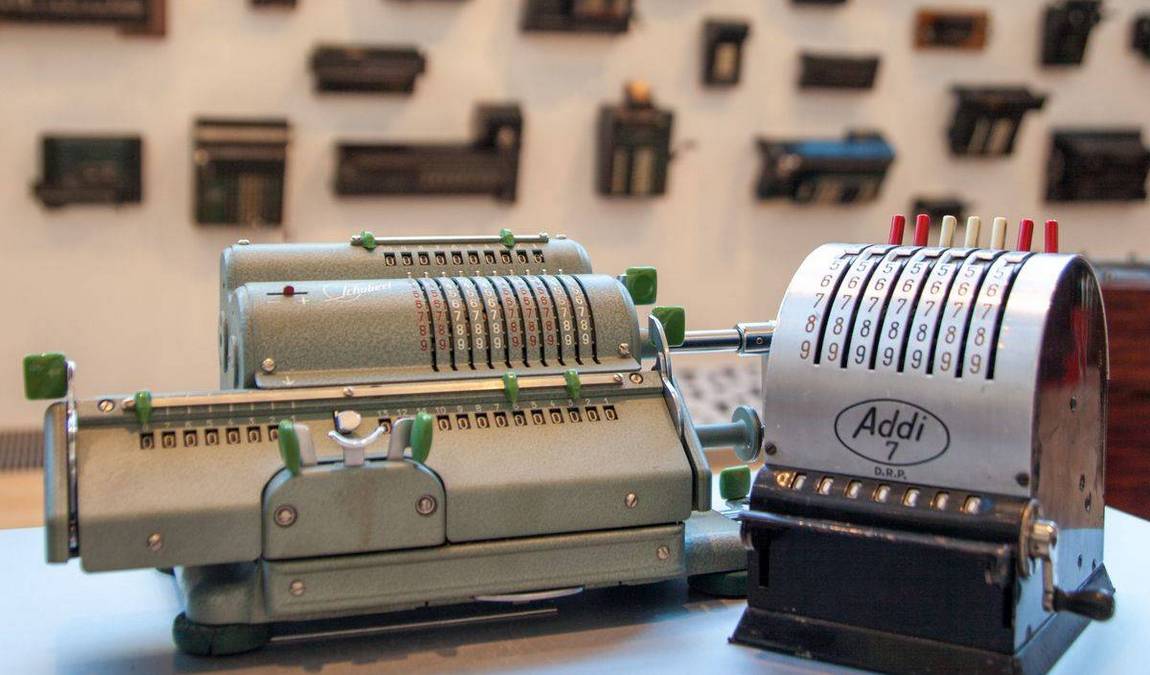 Photo: arithmeum.uni-bonn.de
Photo: arithmeum.uni-bonn.de
The Arithmeum boasts an impressive collection of over 10,000 exhibits, making it the world's most comprehensive assemblage of historical calculating machines. This extraordinary collection traces the evolution of computational devices from their 17th-century origins to modern computers.
Notable exhibits include:
- Baroque-era calculating machines, once displayed in royal cabinets of curiosities
- 19th-century mechanical calculators that marked the beginning of mass production
- Early electronic computers that revolutionized the field
The collection begins with simple abacuses and slide rules, progressing through mechanical marvels like the arithmometer and culminating in the electronic age with punch card machines and early computers. Each piece tells a story of human ingenuity and the relentless pursuit of faster, more efficient calculation methods.
Beethoven House is located 900 metres away and we recommend visiting with children.
Interactive Experiences at the Arithmeum
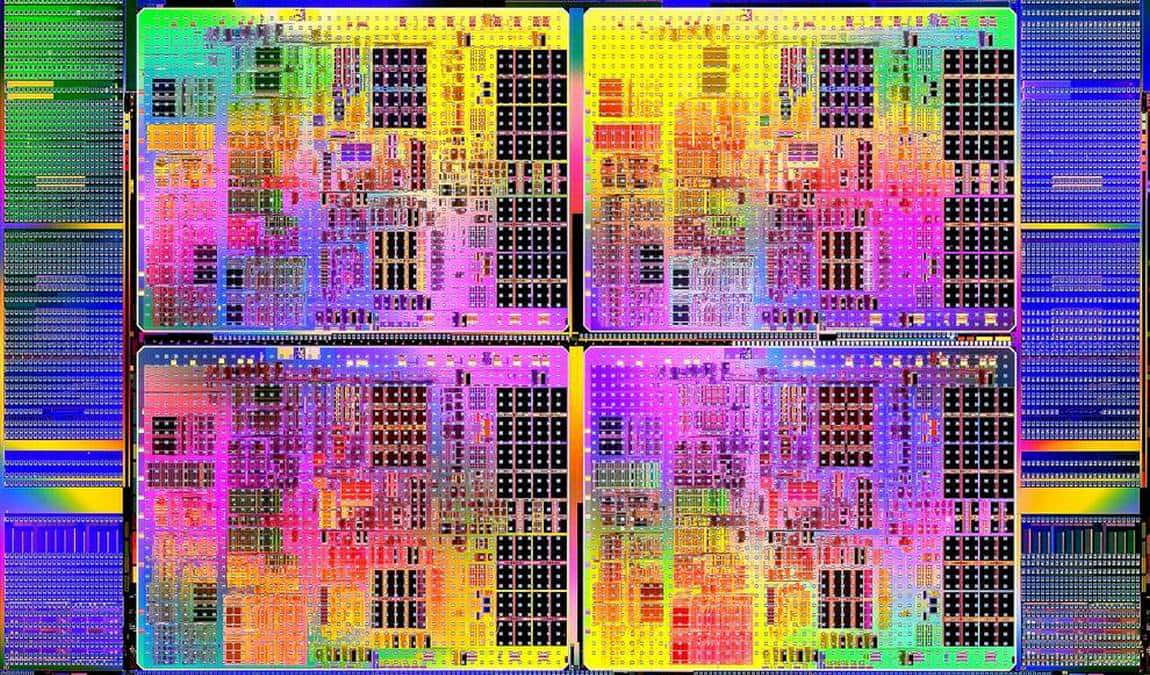 Photo: arithmeum.uni-bonn.de
Photo: arithmeum.uni-bonn.de
The Arithmeum goes beyond static displays, offering visitors engaging, hands-on experiences:
- Design Your Microprocessor: Visitors can use interactive stations to try their hand at chip design and gain insight into the complexities of modern computing.
- Explore Chip Beauty: A polarization microscope allows guests to marvel at the intricate beauty of microprocessors, revealing a world where one million transistors fit on a pencil tip.
- Historical Machine Demonstrations: Trained staff demonstrate the operation of various historical calculating machines, bringing the past to life.
These interactive elements make the Arithmeum a dynamic learning environment, appealing to visitors of all ages and backgrounds.
Architecture and Design of the Arithmeum
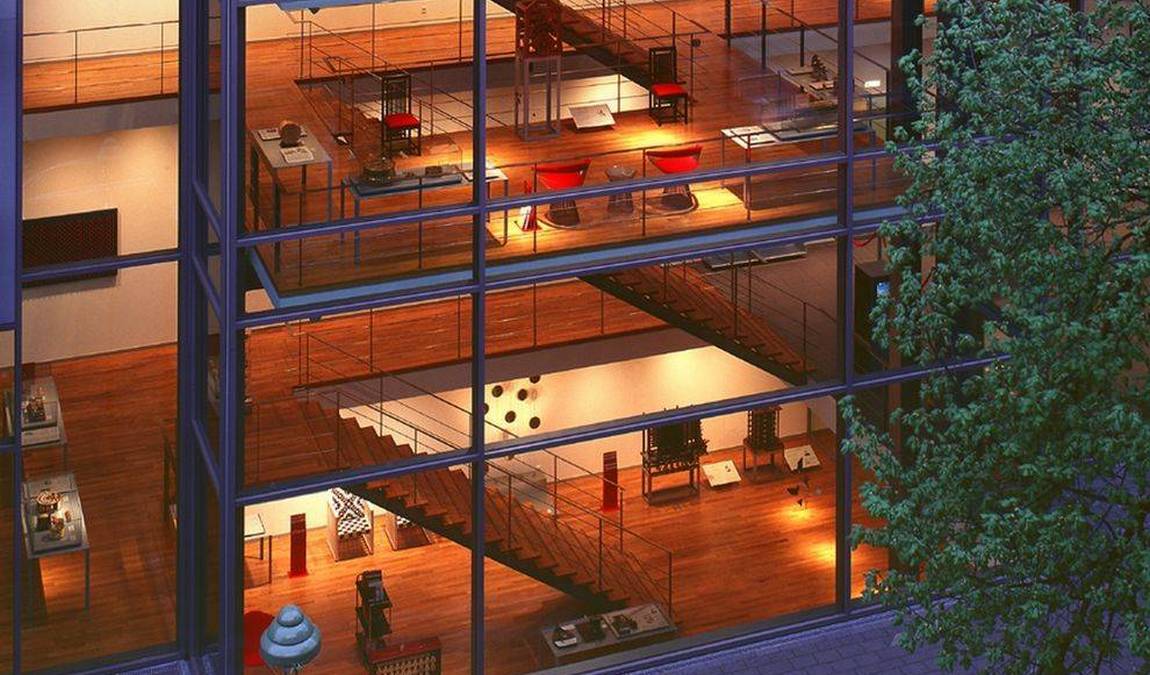 Photo: arithmeum.uni-bonn.de
Photo: arithmeum.uni-bonn.de
The Arithmeum's architecture is a work of art in itself, embodying the museum's fusion of science and aesthetics:
- Transparent Façade: The steel and glass exterior symbolizes the "transparency of science," inviting the public to engage with the world of mathematics and computing.
- Minimalist Interior: Inspired by Bauhaus principles, the museum's interior features clean lines and functional design, complementing the exhibits without overshadowing them.
- Thoughtful Layout: The museum's design guides visitors through a chronological journey of computational history, with each section flowing logically into the next.
The building's modern design, featuring shades and emergency escape balconies as second and third skins, contrasts the historical artifacts, embodying the museum's theme of bridging past and present.
The Arithmeum's Role in Education and Research
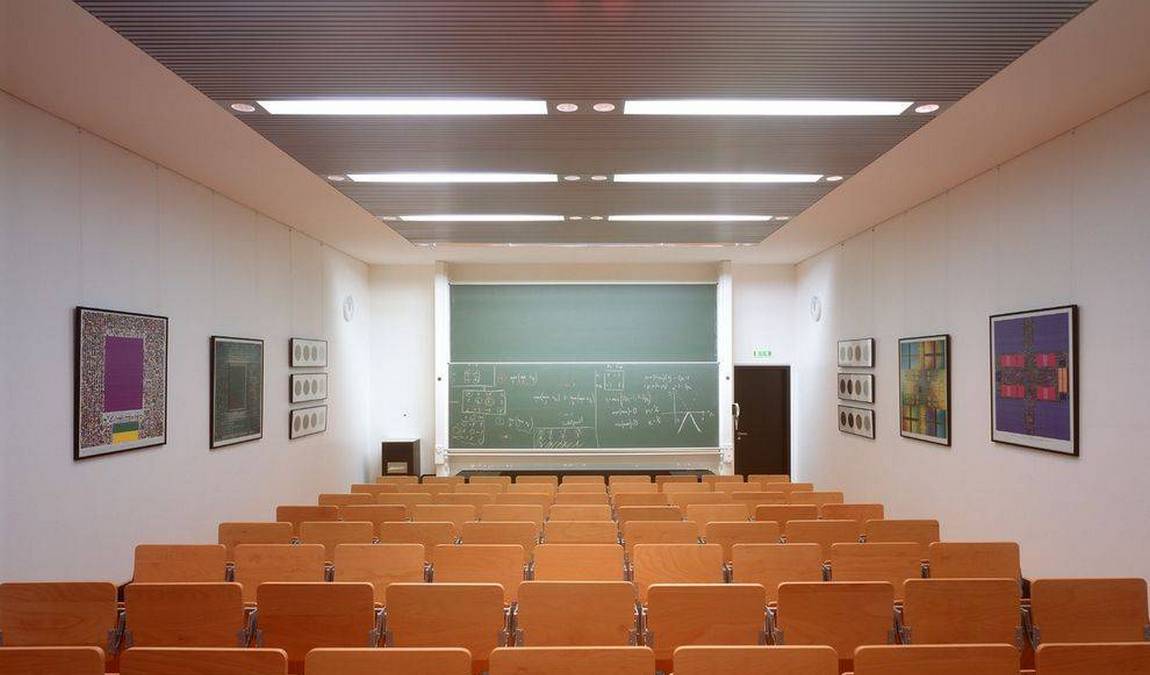 Photo: arithmeum.uni-bonn.de
Photo: arithmeum.uni-bonn.de
As part of the University of Bonn, the Arithmeum plays a crucial role in education and research:
- Research Institute Connection: The museum shares its roof with the Research Institute for Discrete Mathematics, fostering collaboration between historical study and cutting-edge research.
- Educational Programs: The Arithmeum offers lectures on the history of mechanical calculating and special projects for students, integrating its collection into the university curriculum.
- Preserving Computing History: By maintaining and showcasing its vast collection, the Arithmeum ensures that the history of computing is preserved for future generations.
The museum's founder, Professor Dr. Dr.h.c. Bernhard Korte began collecting mechanical calculating machines in the 1970s, recognizing the importance of preserving these devices as electronics began to replace mechanics. This foresight has resulted in an invaluable resource for researchers and students alike.
Best Time to Visit
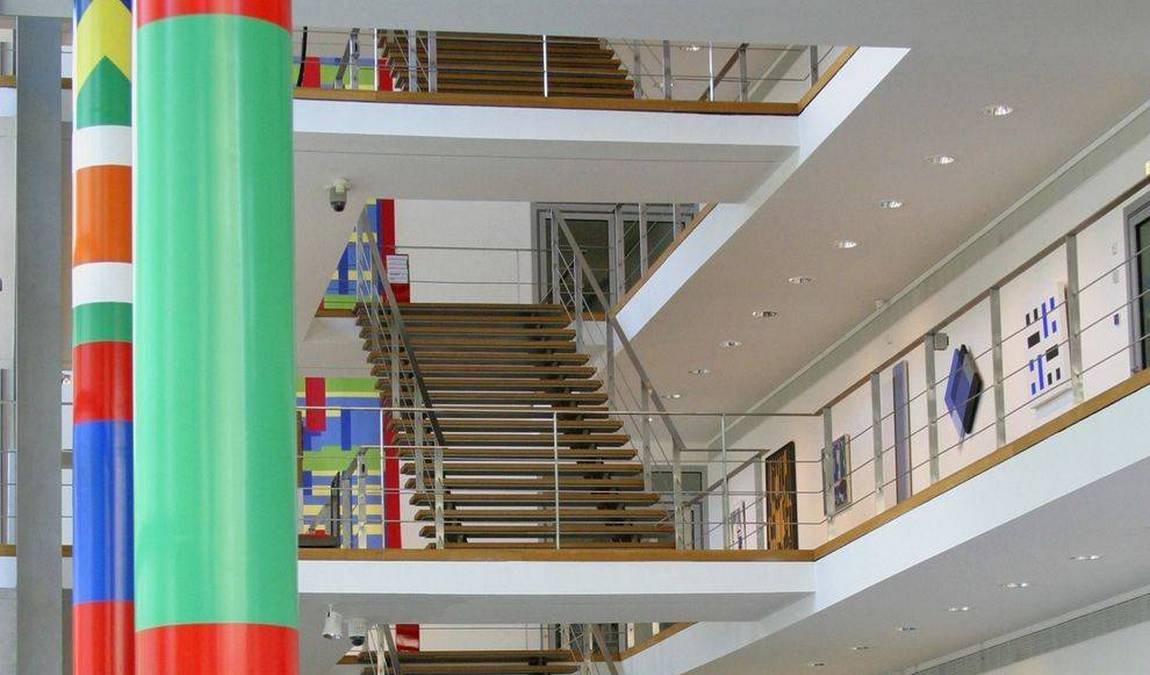 Photo: arithmeum.uni-bonn.de
Photo: arithmeum.uni-bonn.de
The best time to visit the Arithmeum with children is during weekends or school holidays, preferably in the morning when young minds are fresh and receptive. Weekday afternoons can also be less crowded, offering a more relaxed experience. The museum's climate-controlled environment makes it a perfect year-round destination.
Recommended Duration: Plan a 2-3 hour visit to explore the exhibits and fully engage with the interactive displays.
Our Resume
The Arithmeum offers a unique blend of history, technology, and interactive learning, making it an ideal destination for families, students, and enthusiasts. Its world-class collection, engaging exhibits, and stunning architecture provide visitors with a comprehensive understanding of computational history and its impact on modern life.


